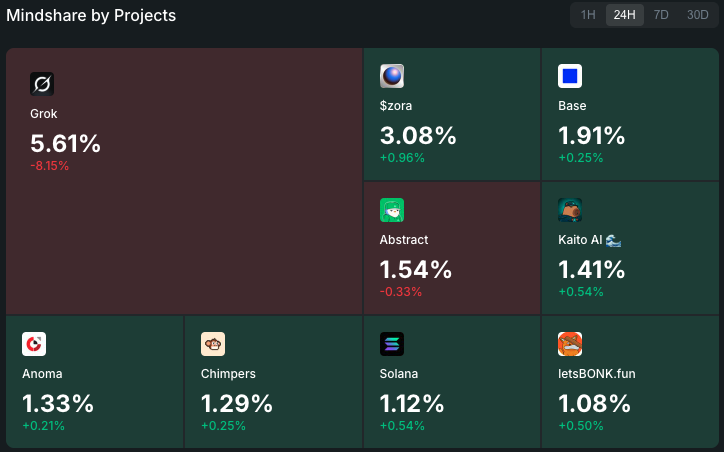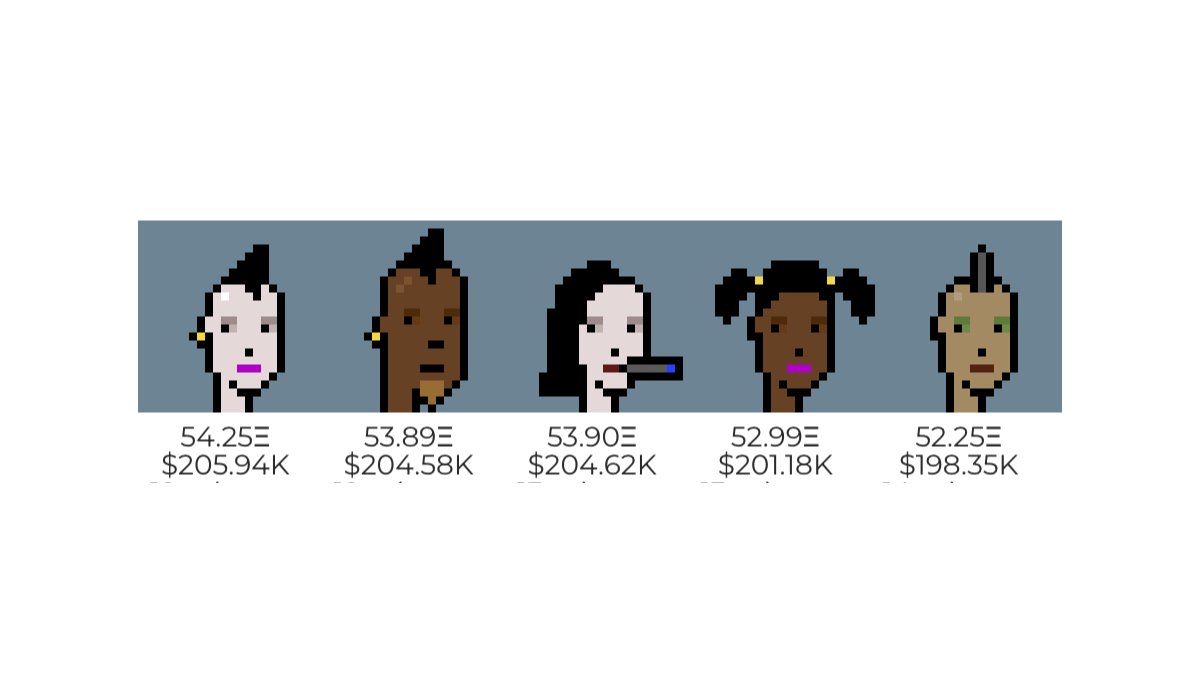以太坊价格
(美元)

了解以太坊
以太坊 的价格表现
以太坊 社交媒体动态



快捷导航

以太坊 常见问题
在欧易交易所,我们建议你在客观投资之前研究任何加密货币。加密货币被认为是一种高风险资产,容易出现大幅价格波动。因此,我们希望你只投资你愿意承担风险的资产。
与所有加密货币一样,ETH波动较大,并存在投资风险。因此,在投资之前,你应该做自身的研究学习(DYOR),评估你的风险偏好。
深度了解以太坊
以太坊 (ETH) 是一个开源、去中心化的区块链网络,是比特币区块链网络基础上的第二代区块链。相较于比特币区块链,以太坊有一些显著的差异和改进。它支持使用其原生货币以太币 (ETH) 进行数字支付,并作为软件平台创建和部署 去中心化应用程序 (DApps) 或 智能合约。
以目前的 ETH 价格计算,以太坊是市值第二大的数字货币,仅次于比特币。以太坊通过向区块链网络引入智能合约功能,改变了数字货币行业。智能合约允许用户和开发人员开拓新的领域。
以太坊网络被设计成一种任何人都可以使用的全球计算机。它旨在让用户完全控制其数字资产,并允许他们访问传统上由中心化实体机构控制的工具和服务。
例如,在以太坊区块链上,任何人都可以提供数字货币作为抵押品,并获得即时贷款。在传统的金融世界中,这一过程将由一个中心化机构托管。对于以太坊,该功能的每个方面都完全可以由区块链上的智能合约处理。这就消除了第三方平台的需求。
以太坊区块链还可以通过在分布在世界各地的公共节点的分布式网络上运行和提供程序,使任何程序能够抵抗审查、完善且不易遭受欺诈。
本着去中心化所有权的精神,任何人都可以提交他们认为可以为项目的集体利益改进以太坊的治理建议。提案提交后,以太坊代币的持有者可以对其结果进行投票。通过这种方式,以太坊社区对其正在进行的开发的结果负责。
由于区块链技术和智能合约功能具有看似无限的可能性,以太坊已经产生了几个数十亿美元的产业。这些包括 DeFi、玩赚区块链游戏,以及广受好评的 NFT 领域。如今,以太坊区块链拥有超过 2,900 个不同的项目,处理的价值超过 11 万亿美元。
以太坊区块链的原生代币称为 ETH。以太在完成网络交易时需要支付手续费 (GAS)。它也是存储在区块链上的数字货币资产的货币交换,就像 NFT 一样。在以太坊合并之后,ETH 将用于保护网络并产生新的区块。
以太坊的运营模式
当以太坊区块链在 2015年 最初推出时,它采用了工作量证明 (PoW) 共识机制。在这个模型中,新的 ETH 代币被创建并分发给矿工,作为生产新区块和维护区块链的奖励。
这意味着被称为采矿设备的高性能计算硬件装置,被应用在解开采矿过程中的复杂方程时相互竞争。第一个解出方程的矿工将获得领导网络上新区块生产的权利,并获得新铸造代币作为奖励。这也是比特币区块链所采用的模式。
以太坊区块链也有一个基于账户的架构。以太坊账户本质上是一个持有以太坊 (ETH) 余额的实体,可以在以太坊区块链上发起交易。以太坊账户有两种类型。
第一个是“外部帐户”,它由用户通过其私钥进行控制和管理。第二种是“合约账户”,也被称为智能合约,由它们各自的代码管理。这两个账户都可以持有、接收和发送 ETH 和其他受以太坊支持代币,并与部署在区块链上的智能合约进行交互。
外部账户可以发起与其他外部账户和智能合约的交易。但智能合约只有在与外部账户或其他智能合约交互时才会生效。它们只能通过触发代码 (涉及多个操作)、传输数字货币或甚至创建新的智能合约进行响应。
以太坊虚拟机 (EVM) 构成了以太坊区块链的核心。EVM 是所有以太坊账户和智能合约驻留的环境。它是一个计算引擎或虚拟机,功能类似于一个分布式计算机,容纳数百万可执行项目。
换句话说,EVM 构成了以太坊完整运营结构的基石。作为单一实体,EVM 由运行以太坊客户端的数千台相互连接的计算机 (节点) 同时维护。
与使用分布式账本的比特币不同,以太坊使用分布式“状态机”。以太坊在任何给定点上的“状态”都是一个大型数据结构,包含了账户和余额以及当时的“机器状态”。
它还包含宿主和执行许多低级机器代码的能力。这个“状态”在不同的块之间不断变化,EVM 定义了改变它的规则。
以太坊网络有许多用例,其中创建和部署智能合约的能力是所有用例的核心。该功能允许开发人员在平台上开发各种去中心化应用程序,包括加密钱包、去中心化交易所、DeFi 协议、NFT 市场、链游等。
其代币标准,如 ERC-20 和 ERC-721 已广泛用于创建可替代及不可替代的代币,从而促进了各种数十亿美元的项目。特别是基于 ERC-721 标准的 NFT 代币,开创了 NFT 领域,该产业在 2022年 将达到 30 亿美元,预计到 2027年 将超过 136 亿美元。
另一方面,以太坊的原生数字货币 ETH 也有多个用例,主要的用例是在以太坊网络上支付交易费用的手段。
任何时候,用户传输 ETH 或基于以太坊的代币,或与平台上托管的任何应用程序交互,都需要支付 ETH 作为 gas 费。在未来的时间里,ETH 也将被积极用于新的权益证明以太坊区块链上的验证目的,主动验证者需要质押 32 个 ETH 才能胜任这项工作。
以太坊合并
随着以太坊需求的增长,该网络的核心架构也开始出现拥堵的迹象,每笔交易的平均手续费显著上升。因此,以太坊区块链面临的最大挑战之一是在网络高度阻塞时收取过高的手续费 (GAS)。例如,2021年5月,该网络上基本交易的平均成本约为 71 美元。
被称为 ETH 2.0 版本的以太坊合并 是一个多年的计划,以逐步将以太坊区块链从其 PoW 转移到权益证明 (PoS) 共识机制。虽然这一转变不会立即解决高昂的 GAS 费问题,但它将使以太坊成为一个更环保、更高效的区块链网络。
在 PoW 系统中,以太坊矿工彼此竞争,使用昂贵的计算资源,向链中添加新的区块,并获得 ETH 奖励作为回报。然而,在 PoS 模型中,他们将不再需要挖掘区块。
相反,当被选中时,它们将创建并添加新的区块,当不需要时,它们将验证其他区块。为了获得成为验证者的权利,他们必须在区块链中质押 32 个 ETH。此外,由于验证器之间没有竞争,它们将不再需要昂贵和先进的硬件,如采矿设备。
尽管以太坊团队自 2016年 以来一直在计划这一过渡,它在 2020年12月1日 才启动了 PoS 信标链。
这标志着以太坊从单一 PoW 链向多链 PoS 网络过渡的 3 阶段过程的第 0 阶段。下面列出的是这三个阶段以及他们打算如何改造以太坊:
第 0 阶段 (信标链)
如上所述,这涉及到信标链的启动,这是一个与原始 PoW 以太坊主网并行运行的权益证明区块链。此外,它为以太坊未来的升级奠定了基础。截至目前,Beacon Chain 上超过 41 万名验证者总共投入了 1,300 多万枚 ETH。
阶段 1 (合并)
该合并计划于 2022年 第三季度/第四季度进行,包括将信标链与现有的以太坊区块链合并,用前者的 PoS 系统完全取代后者的 PoWmodel。合并后,原来的以太坊区块链将成为新网络的“执行”层,而信标链将成为其“共识”层。
阶段 2 (分片)
Sharding 预计在 2023-2024年 推出,将通过将网络负载分散到 64 个新的分片链来扩展以太坊的能力。目前的 PoW 以太坊链将成为这 64 个碎片之一。此时运行挖矿节点将变得容易得多,因为要存储的数据将远远少于单个 PoW 以太坊区块链。
通过向 PoS 共识机制过渡,以太坊网络将比以前更加节能和安全。此外,当以太坊区块链实现交易分片机制,显著提高交易吞吐量和提高网络速度时,共识模型将允许更大的可扩展性。
ETH 价格和经济模型
2014年7月,以太坊基金会推出了 ETH 首次代币发行 (ICO)。在这次公开销售活动中,大约 6,000 万 ETH 以 2,000 ETH 对 1 BTC 的初始汇率分发给投资者。
当时,这使得 ETH 价格约为 0.31 美元。以太币在以太坊网络的创世区块分发给投资者。
当以太坊主网启动时,最初的 ETH 代币供应量约为 7,200 万枚。虽然大多数代币分配给了早期投资者,但 16.73% 的供应分配给了以太坊基金会。
截止目前,以太坊代币的流通供应量约为 1.22 亿枚。自以太坊主网创世区块以来,通过代币生成,大约有 4,800 万枚 ETH 被添加到供应中。
新的 ETH 代币通过区块奖励生成并分发给矿工,使以太坊成为一种通胀的数字货币。虽然以太坊改进提案 (EIP) 1,559 伦敦硬分叉更新引入了一些通货紧缩机制,但这些机制目前并不能完全抵消以太坊的通胀。
以太坊区块奖励的发行量一直在稳步下降。当该网络最初启动时,新的以太币以每个区块 5 个 ETH 的速度产生。这些奖励是给矿工作为保护网络和验证交易的激励。2017年10月,作为 EIP 649 提案的一部分,该发行量降低到每个区块 3 个 ETH。
创始人团队
以太坊的想法最初是在 2013年 底 Vitalik Buterin (V 神) 的一份白皮书中描述的。Vitalik Buterin 撰写这份白皮书时只有 19 岁。
在把以太坊概念提出之前,Vitalik Buterin 是一名经验丰富的程序员和开发人员,他之前创建了比特币杂志新闻网站。
Vitalik Buterin 认为,可以利用区块链技术构建不受中心化机构控制的去中心化协议和应用程序。Vitalik Buterin 是一款很受欢迎的网络游戏《魔兽世界》的狂热玩家。在它的创造者从游戏中删除了他最喜欢的咒语后,Vitalik Buterin 决定没有一个实体可以完全控制一个应用程序,因此形成了以太坊区块链的概念。
以太坊于 2014年1月 在迈阿密的北美比特币大会上正式宣布。这个项目是由八个人共同创立的。
俄罗斯裔加拿大人维塔利克·布特林 (Vitalik Buterin) 是以太坊区块链最重要的贡献者,并且一直如此。Polkadot (DOT) 的 Gavin Wood 是以太坊基金会的第一任首席技术官。他用 c++ 编程语言编写了以太坊的第一个技术实现,并创建了 Solidity,这是创建以太坊智能合约的实际编程语言。
如今,Solidity 被认为是以太坊应用程序的基本编程语言,并在其他运行 EVM 的区块链上得到广泛使用。此外,Wood 还找到了自己的替代区块链网络 Polkadot,旨在纠正以太坊的一些问题。
另一位著名的创始人是 Charles Hoskinson,他在建立其他第 1 层区块链 (Layer 1) 方面获得了声誉。由于对项目方向的意见分歧,Hoskinson 最终离开了以太坊项目。然而,他与另一位早期以太坊同事 Jeremy Wood 一起创建了 IOHK,并继续开发 Cardano 区块链。
免责声明
请参阅我们的 使用条款 和 风险警告,了解更多详情。通过使用第三方网站(“第三方网站”),您同意对第三方网站的任何使用均受第三方网站条款的约束和管辖。除非书面明确说明,否则欧易及其关联方(“OKX”)与第三方网站的所有者或运营商没有任何关联。您同意欧易对您使用第三方网站而产生的任何损失、损害和任何其他后果不承担任何责任。请注意,使用第三方网站可能会导致您的资产损失或贬值。本产品可能无法在所有司法管辖区提供或适用。





































